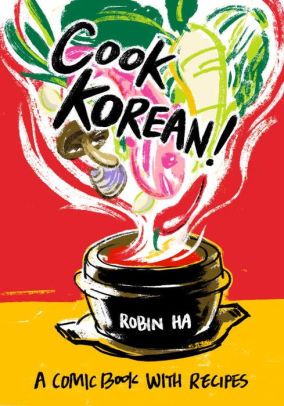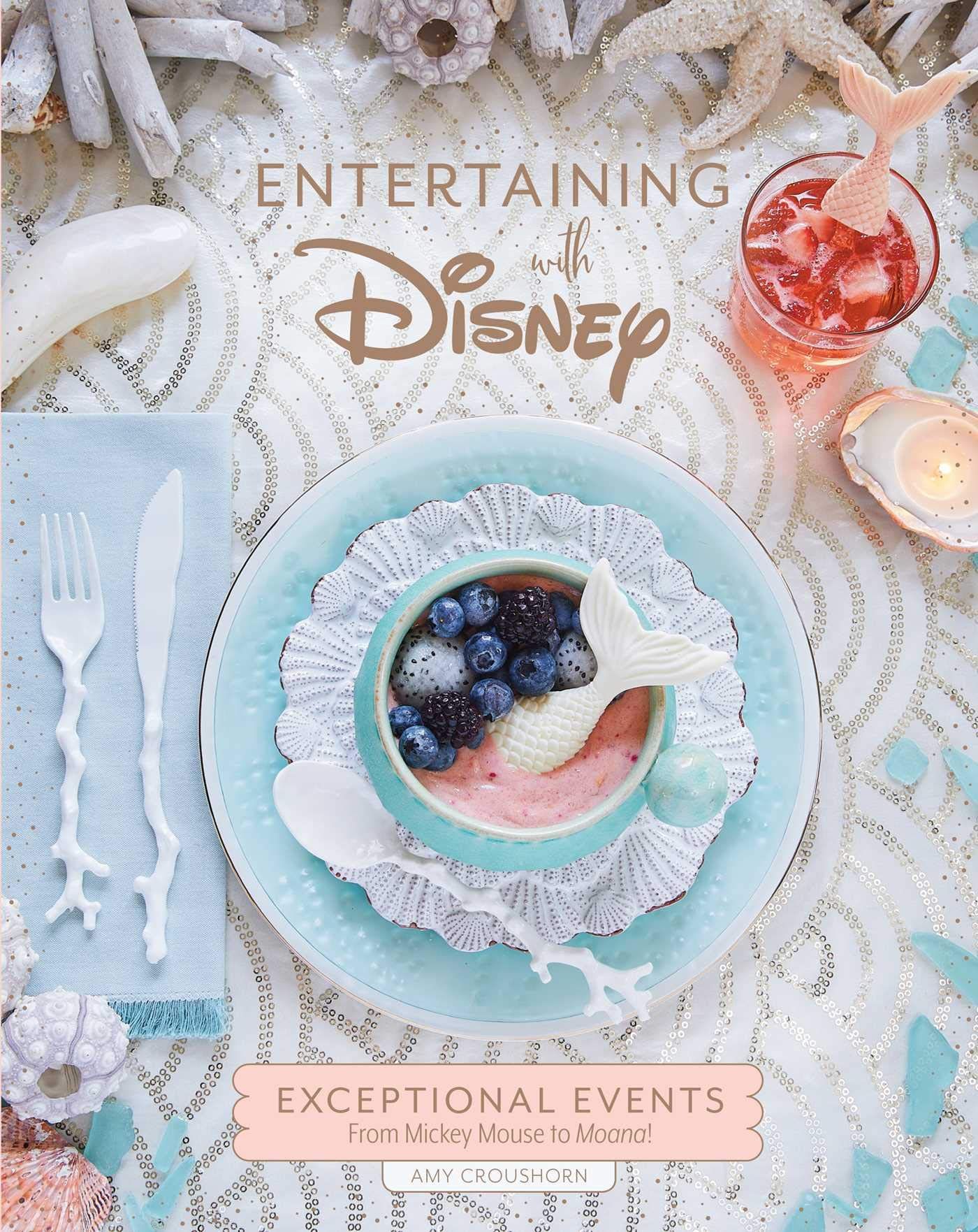How about cooking your comics?
I mean, I can’t recommend eating actual paper, though as a former toxicology nurse I can assure you it won’t actually kill you. Let’s hold that in reserve for the zombie apocalypse, though, and take a look at some comic- and animation-themed cookbooks that will add some fun and variety to your weekly menus.
Go forth! Do noms. We’ll still have to eat when this is all over.
Cooking Anime contains the absolute best of the best from simple sides to layered mains to adorable street food, pulling from anime across the medium: Ouran High School Host Club, My Hero Academia, Fruits Basket, Cardcaptor Sakura, Future Diary, Ponyo, and countless others. It won my heart immediately by including the essential Pork Katsudon from Yuri!! On Ice, which I made pretty much immediately (I did substitute chicken for pork—I grew up keeping kosher and still don’t do large chunks of pork—it’s a whole thing) and it was a huge hit with every member of the family (hopefully Yuri, Victor, and Yurio won’t be too disappointed). This is also the only cookbook in my decent-sized collection that has pulled hubs and the kiddos into family menu planning, which is a delightful change of pace from me begging them to help, them wandering away, and then someone complaining every night about what I put on the table.
This particular book is also a fantastic bridge into Japanese cooking as it doesn’t require a ton of specialty ingredients or tools (and trust me, the tayaki pan is 10/10 worth it). You can test some simple, lowkey recipes before you go in search of bits and pieces that are harder to find (especially if there isn’t a Japanese or pan-Asian market in your area) or invest in job specific pans or utensils.
Warner’s recipes are a little different than those often found in comic themed cookbooks; rather than being cute, punny or gimmicky (which, don’t get me wrong, I love), he’s included dishes like Black Panther’s Akabenzi, Iron Man’s Lobster Corn Dogs, and Green Goblin’s Pumpkin Bombes. Eat the Universe is comics elevated. Preparation is a little more intense, some of the ingredients a little more spendy, and several of the dishes more time intensive than the ones you’ll find in Cooking Anime or Cook Korean (see below). They can all be altered, however, to suit alternative ingredients (if, say, the store is out of fresh yellowfin, you tell them they can substitute any kind of tuna) and time constraints, and everything I’ve made so far has been absolutely delicious.
Prep and cooking techniques are an important part of the texture and taste of a final dish (I always hated matcha, for example, until I watched someone make it properly with a whisk. Now I have my own whisk and I love it). As someone who’s had a TBI and had to change the way I learned from “able to learn from written instructions” to “needs to watch and do with someone before I can do on my own,” the cartoon step-by-steps in Cook Korean have been invaluable in improving the quality of my Korean dishes.
And in the amount of leftovers. As in, there aren’t any.














